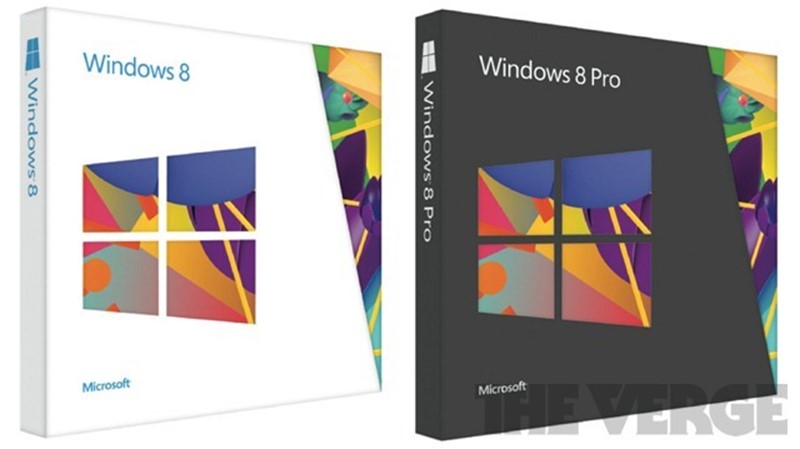The new Microsoft has a vastly different branding strategy

Over the last few months, Microsoft has been systematically renaming or rebranding its products and services. In fact, almost nothing at Microsoft has gone untouched in one way or another. Some of the changes have been minor, while others have dramatically changed the face of brands that have been around for decades. The services that haven’t been renamed have received fairly major revisions to iconic logos, like Windows and Office. Only Xbox has remained untouched, although it’s affected by the Zune merger
It all started with the introduction of the radically different Windows 8 logo in February. This was followed by the discontinuation of the Windows Live name last spring and the introduction of the Microsoft account, the successor to the Windows Live ID. One could also lump in the replacement of Windows Live Mesh with Microsoft SkyDrive for Windows desktop. A few months later, Microsoft unveiled Xbox Music and Video – the successor to Zune – at E3 alongside Xbox SmartGlass, the next generation of the Xbox Companion apps. This is when things started to snowball. Microsoft surprised everyone with the announcement of the Surface tablet, which managed to stay a secret due to the fact that its name was taken from another Microsoft product, the Surface table (which now known as the Microsoft PixelSense). A few weeks later, Office got its turn in the spotlight, receiving a logo similar to that of Windows 8.
Of course, Microsoft hasn’t stopped there. In the last week, the company has changed Hotmail – a brand that has existed since 1996 – into Outlook.com, turned the App Hub developer portal into the Windows Phone Dev Center, and mysteriously dropped the use of the word “Metro.” As of this writing, we still have no idea what to call the UI which has, over the last few years, permeated all of Microsoft. The company has also released a new update to Windows Essentials (formerly known as Windows Live Essentials) – this alone has a number of renamed applications, although some references to “Windows Live” have yet to be removed – and we’re now hearing that the Windows Phone Marketplace has been redubbed the Windows Phone Store to match the one found on Windows 8. Heck, even Windows 8’s retail packaging is a major departure from previous versions of Windows.
We’re witnessing Microsoft undergo a massive transformation – one which will prepare the company for the next era of computing. Products and services are becoming more deeply integrated, similar interfaces are spreading throughout the company, and brands are becoming more streamlined and consumer-friendly. This is a new Microsoft, and I wouldn’t be surprised to see even more changes before the year is out.


